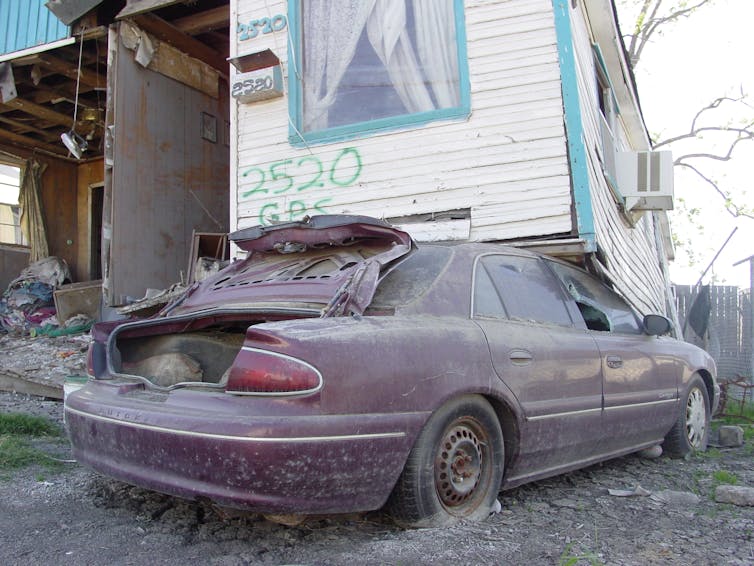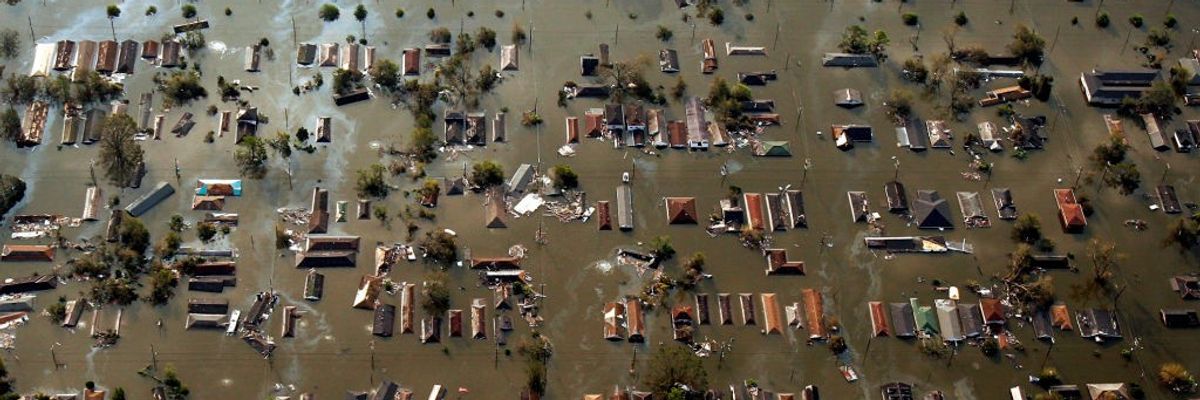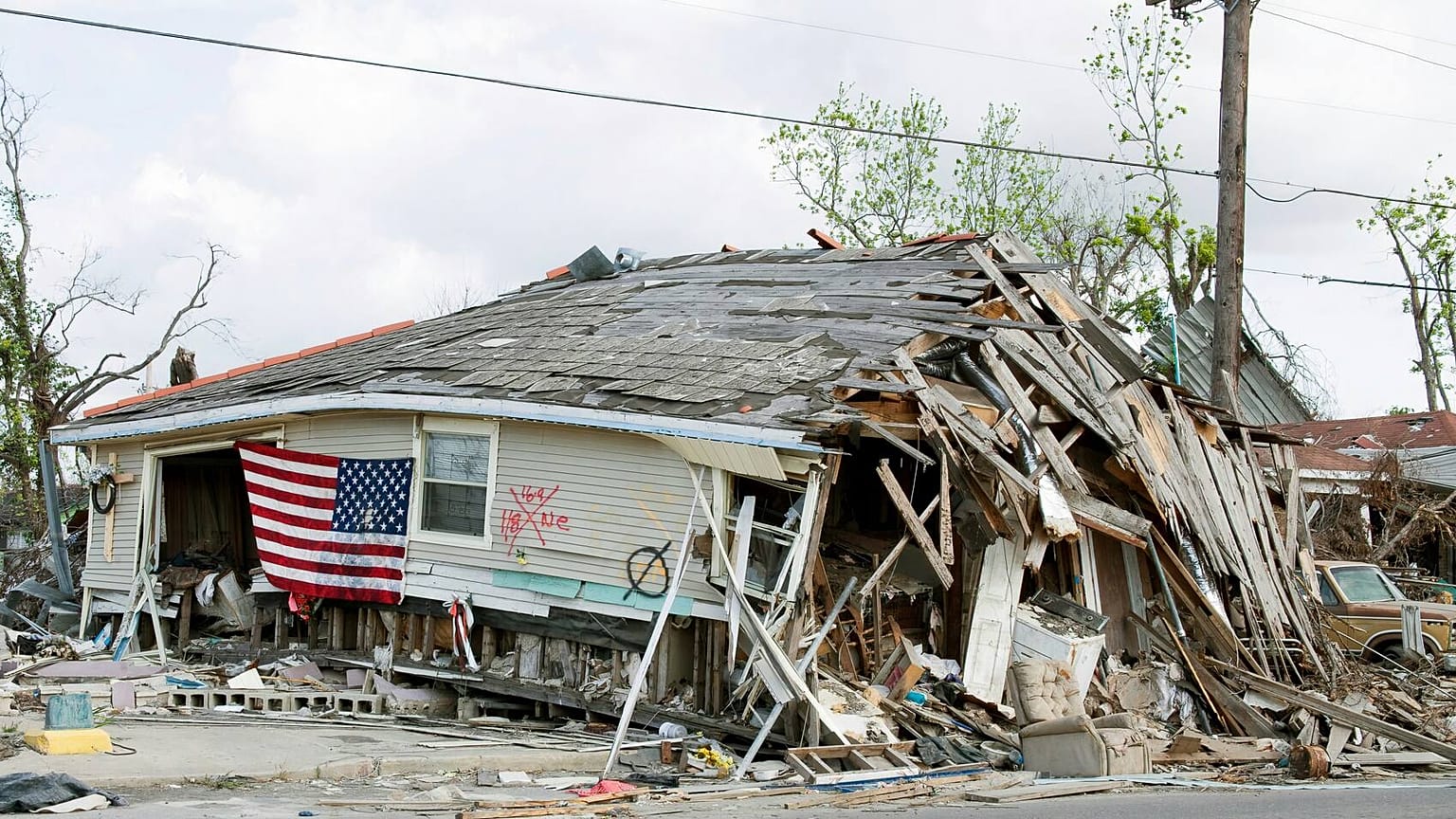Katrina Lavery had a thirst for life.
She loved people and animals and rarely argued with her mother — even during her teenage years.
"[She was] the happiest camper every morning of every day that she woke up … pretty much a very joyful person that was taken way too soon," mom Margaret Lavery recalls.
Katrina died at the age of 21, succumbing to a bowel obstruction on New Year's Day 2018 in a hospital room in Victoria.
Katrina had Angelman syndrome, a genetic disorder that causes intellectual disability. She was non-verbal and required full-time nursing. At the time of her death, she was living in a home operated by the Garth Homer Society (GHS), a local non-profit that provides services for people with developmental disabilities.
Her mother filed a lawsuit in 2019 alleging that senior managers at GHS ignored symptoms of Katrina's condition for months, rebuffing support staff who urged them to seek medical attention and severely restricting Lavery's access to her daughter when she spoke out about her concerns.
"I feel like Katrina's death just didn't need to happen," Lavery said. "I feel like I've gone through a kidnapping."
This is the first time Lavery has spoken publicly about what happened. She agreed to an interview with CBC News after learning that the College of Nurses and Midwives of B.C. had suspended the nursing licences of Victoria Weber and Euphemia (Phemie) Guttin, both senior managers at GHS, after identifying "serious concerns" about the care they were providing.
The disciplinary action is a direct result of what happened to Katrina in GHS's care, along with complaints from two other families and a former employee.
Community Living B.C. (CLBC), the Crown agency that provides support for adults with developmental disabilities, also launched an investigation in the aftermath of Katrina's death. In May 2018, it cancelled its housing contract with GHS, withdrew funding for five residences and removed the society from a list of pre-qualified vendors for residential services, according to a civil claim filed by GHS earlier this spring.
Through all of this, Weber and Guttin have kept their jobs in high-level positions at GHS — Guttin as the executive director for service operations and Weber as the senior manager for health services and education. GHS has said they are "integral members" of the team.
In a written statement this week, the society's CEO Mitchell Temkin described Katrina Lavery as "a much-valued member of the Garth Homer Society community" and said everyone there was saddened by her death.
"Because of privacy legislation and because these matters are before the courts, we are unable to share details of her care when she was with the Garth Homer Society. However, we are confident that the care provided by GHS did not contribute to her unfortunate passing," Temkin said.
He said Katrina died two months after leaving the society's care — referring to the period of time she spent in hospital.
'Her skin was stretched so badly'
The allegations in Lavery's lawsuit have yet to be tested in court, but a trial date has been set for October 2022.
In a civil claim filed in B.C. Supreme Court in March 2019, Lavery alleges that GHS "caused or contributed to" Katrina's death through its negligence, naming as co-defendants Weber, Guttin, GHS's residential supervisor Rana Weihs and CLBC.
Lavery's claim alleges that beginning in May 2017, Katrina's belly became increasingly distended, and she started having more frequent seizures and high temperatures.
In photos taken of Katrina during that time period and shared with CBC News, her abdomen appears hard and rounded, prominently jutting out from the rest of her body.
"Her skin was stretched so badly that she looked like she was nine months pregnant," Lavery alleged.
"Staff were told that they couldn't call an ambulance."
Lavery's claim alleges that when she began reaching out to GHS and CLBC with her concerns, they told her she was inappropriately interfering with their business and "severely restricted" her access to her daughter, while threatening staff with discipline if they spoke to her.
Katrina was admitted to hospital on Oct. 27, 2017, where she was diagnosed with a bowel obstruction "that had been left untreated for many months," the claim alleges.
Despite multiple surgeries, doctors were unable to save Katrina's life. She died on Jan. 1, 2018.
GHS denies causing or contributing to Katrina's death, according to a response to Lavery's claim filed on behalf of the society, Weber, Guttin and Weihs.
The document disputes the allegation that Katrina's symptoms became progressively worse in GHS's care, claiming that Katrina's bowel obstruction "occurred spontaneously and acutely" rather than developing over months.
GHS also denies restricting Lavery's access to her daughter, but says there were mutually agreed-upon "terms of engagement."
Guttin, Weber and Weihs did not respond to requests for comment.
CLBC has also denied all allegations of wrongdoing in Katrina's death in its response to Lavery's claim.
'Dismissive of front-line staff's concerns'
There are parallels between the allegations contained in Lavery's legal claim and the issues investigated by the nursing college.
In a May 27 disposition letter to Lavery, the college's professional conduct review consultant Tansey Ramanzin confirms that Guttin and Weber breached professional standards.
"Ms. Guttin and Ms. Weber ... failed to take steps to properly assess Katrina and escalate care when symptomatology was present, ongoing, and/or worsening. They were dismissive of front-line staff's concerns," Ramanzin wrote in the letter, which Lavery shared with CBC News.
Ramanzin said Guttin and Weber asked staff to forward cellphone photos of Katrina rather than doing in-person assessments of her condition.
The disposition letter also says Guttin and Weber were "combative" in their communication, alienating and obstructing Lavery when she tried to advocate for Katrina.
"They negatively characterized and labelled you as difficult and/or dangerous, downplayed your concerns about Katrina's health, and told people you may be acting contrary to Katrina's best interests," Ramanzin wrote.
"Staff were told not to communicate with you upon threat of termination."
Lavery said she is planning to ask for a review of the college's consent agreement with Guttin and Weber, explaining that she wants their licences to be revoked permanently.
"I don't think they've done enough, and I don't understand," Lavery said.
In a response to Lavery's concerns, the college offered a written statement describing the disciplinary measures as "severe and proportional" to Guttin and Weber's conduct.
The statement notes that both of their licences will be suspended for more than three years altogether, and they will have to undergo remedial education and work under "extensive oversight" if they choose to return to nursing.
CLBC contract was wrongfully terminated: GHS
Meanwhile, the Garth Homer Society began its own legal battle earlier this spring against Community Living B.C., alleging the Crown agency wrongfully terminated its contract in 2018.
The society's notice of claim also accuses several CLBC staff members of defamation for telling GHS clients and their families the contract was cancelled because of "allegedly unsafe, mismanaged and inadequate" services.
CLBC has yet to file a response and none of the allegations have been proven in court.
Spokesperson Randy Schmidt confirmed in an email that CLBC no longer contracts with GHS for residential services, but said he couldn't comment further on that issue or Katrina's death because of the legal actions.
"CLBC believes it has followed its responsibilities and monitoring guidelines and we will be responding via the appropriate legal process and will continue to do so," Schmidt wrote.
 .
. 




